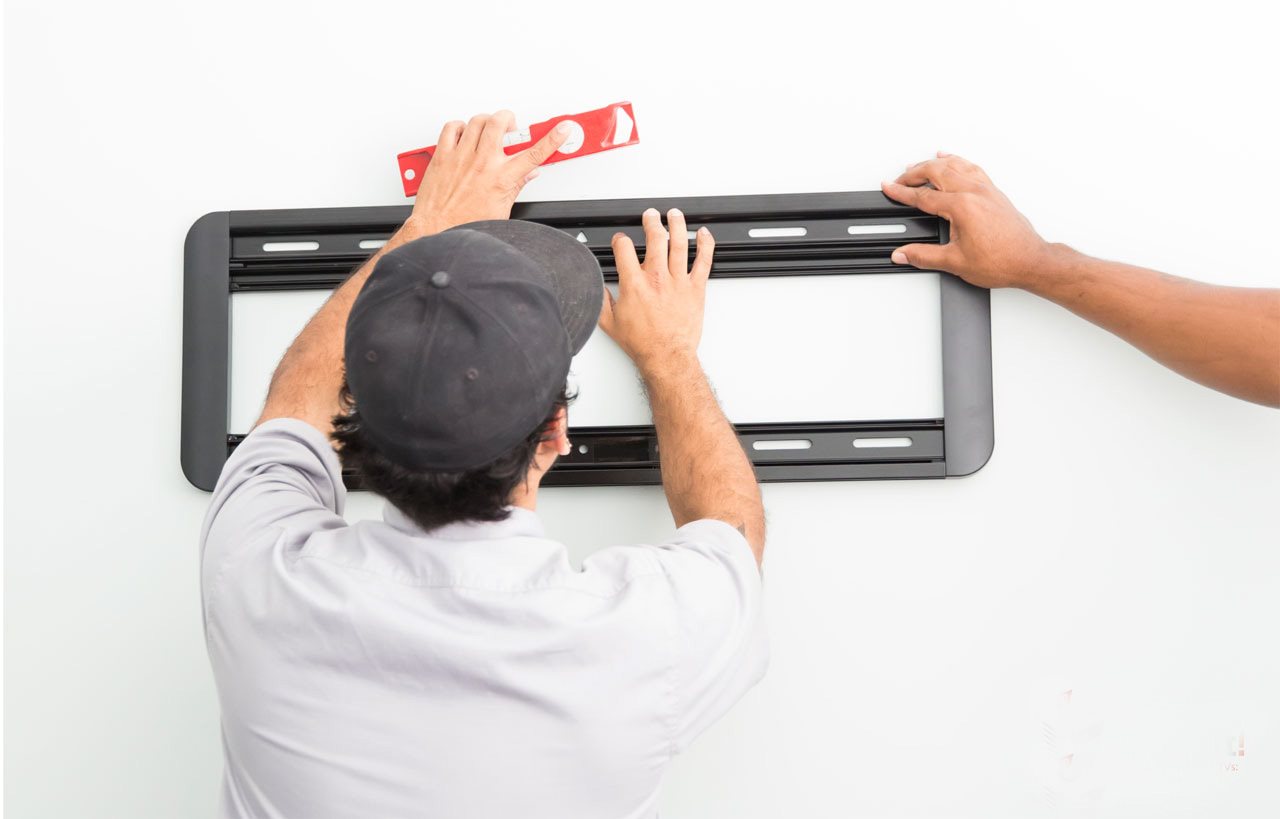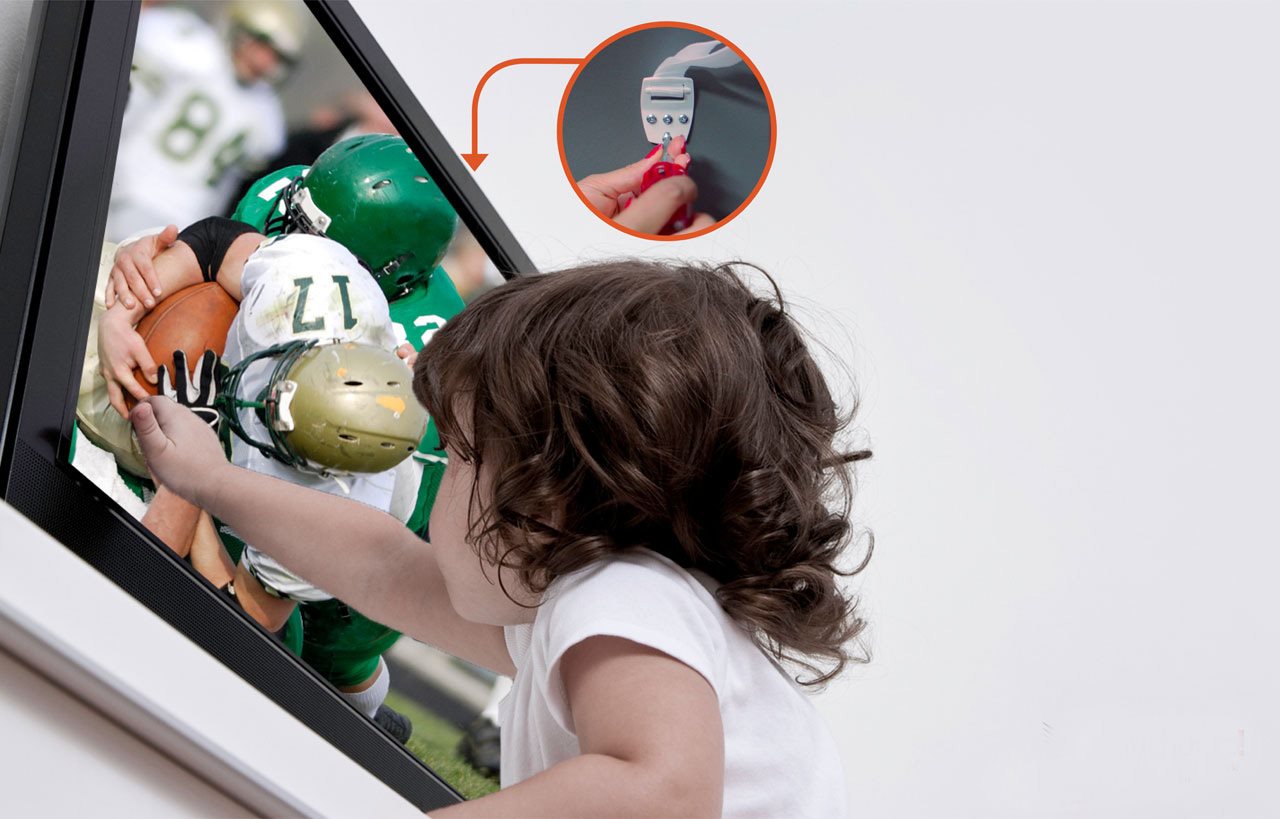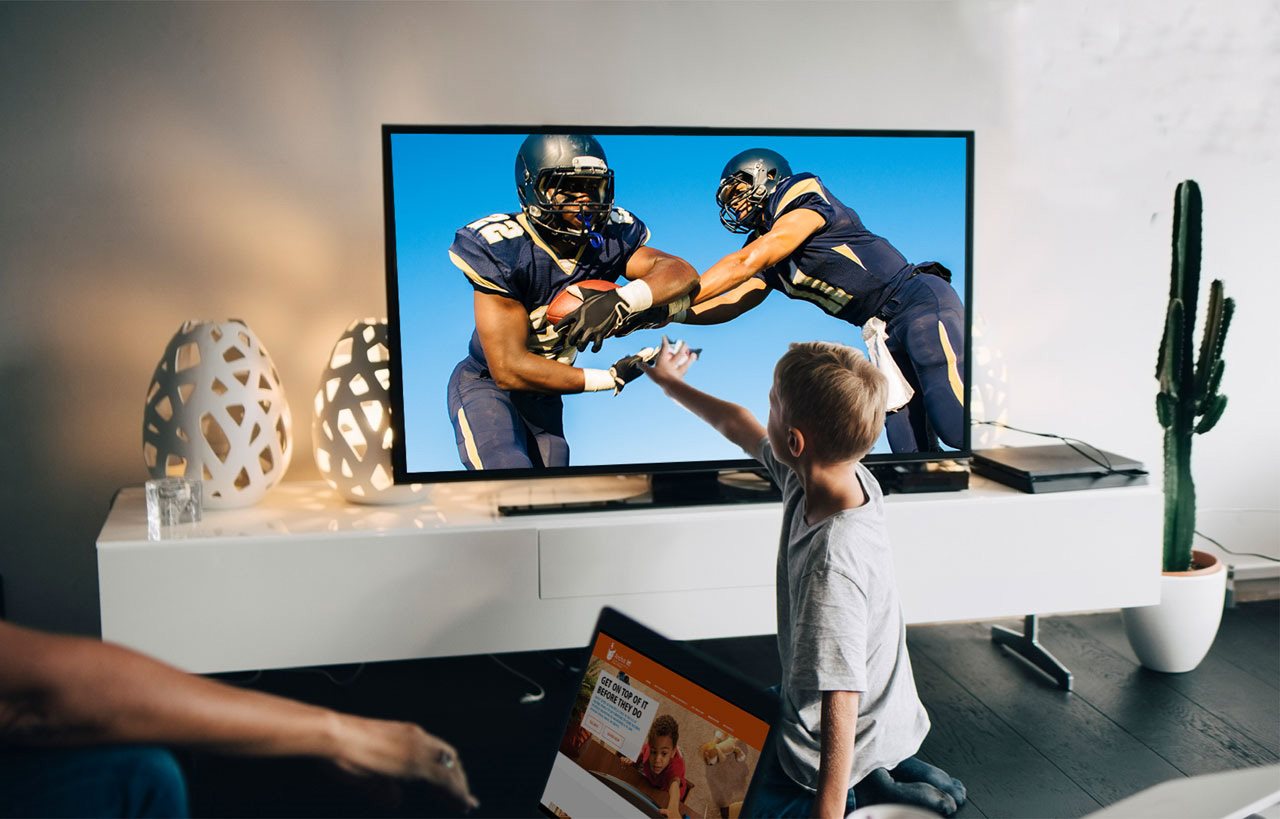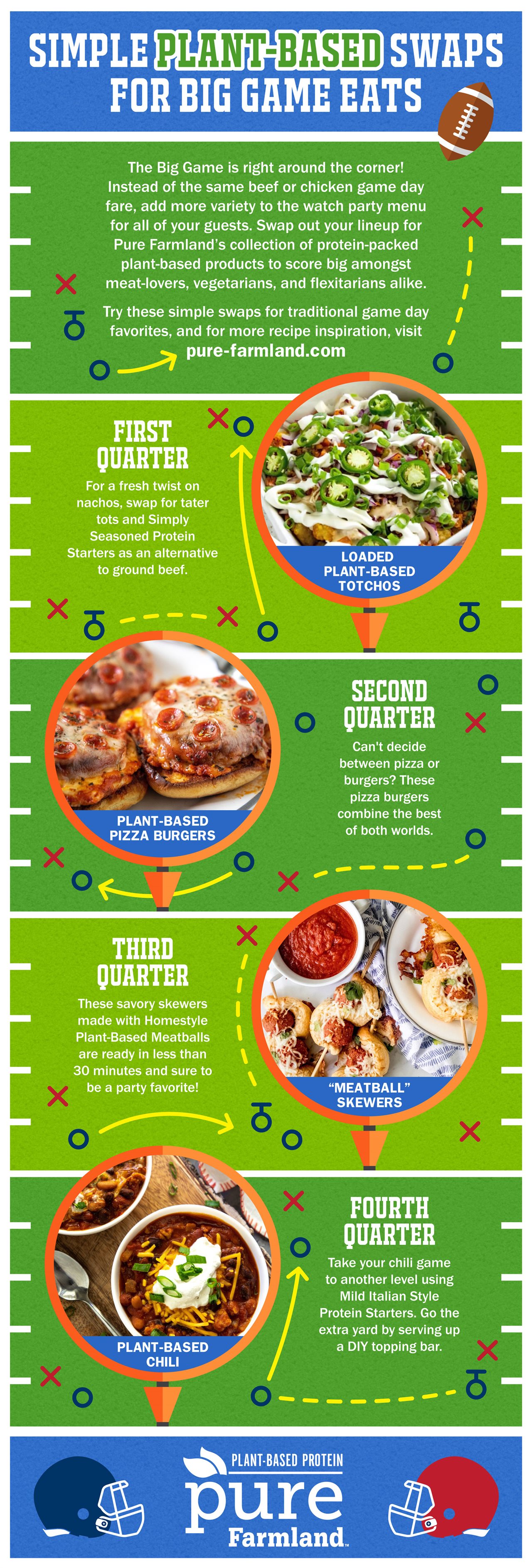2020-01-23T09:55:00
(BPT) – Shaquille O’Neal is known for his big personality and skills on the basketball court, but he also is known to have a big heart. He wants to help others and a cause that’s very important to him is heart failure.
While Shaquille doesn’t have heart failure himself, he was surprised to learn that this condition disproportionately impacts African Americans. While an estimated 6.5 million Americans are affected by heart failure,1 African Americans have a higher prevalence of heart failure than whites1,2,3 and data suggests that African Americans are more likely to die or be hospitalized from heart failure versus whites.1,4,5,6
This inspired Shaquille to take action to help others better understand the risks and realities of the condition. In partnership with Arbor Pharmaceuticals, the Shaquille Gets Real About Heart Failure campaign launched with the objective to raise awareness around the heart failure disparity in the African American community and ways to better manage this condition. Learn more at www.ShaqGetsReal.com.
If you have questions, you’re not alone. That’s why Dr. Elizabeth Ofili, MD, MPH, FACC and first female president of the Association of Black Cardiologists and Professor of Medicine at Morehouse School of Medicine, is partnering with Arbor Pharmaceuticals on this campaign. Here she answers some of the most common questions about African Americans and heart failure:
Q: How much more likely are African Americans to develop heart failure than Caucasians?
A: In the MESA study, African Americans had the highest risk of developing heart failure with 4.6 per 1000 person-years compared to 2.4 per 1000 person-years in Caucasians.1
Q: What health conditions bring on heart failure?
A: Heart failure is typically brought on by conditions that overwork the heart, such as coronary artery disease, diabetes and high blood pressure.8
Q: Why are African Americans at greater risk for heart failure?
A: African Americans are at a greater risk of developing heart failure from hypertension. Studies have shown that African Americans may be more likely to have problems with their blood vessels being able to relax. This narrows the blood vessels and makes it harder for blood to get through.9,10,13,14,15 According to research, this may be due to a reduced responsiveness in African Americans to nitric oxide and/or lower amounts of nitric oxide produced by the body, which may contribute to the risk and effects of heart failure.10,13,14,15
Q: What can African Americans do to proactively address heart failure?
A: Talk with your doctor about your risks. Heart failure is a progressive disease that gets worse over time. Early diagnosis, treatment and lifestyle changes can help African Americans with the condition live longer, more active lives.
Q: Are there medications to help African Americans impacted by heart failure?
A: Heart failure is treated with a combination of medications. BiDil® (isosorbide dinitrate/hydralazine hydrochloride), is one medication to help African Americans with heart failure, but it is not the only option and should be used with other medications. BiDil® is an adjunct medication specifically indicated to treat heart failure in African American patients.12 In the African-American Heart Failure Trial (A-HeFT), a double-blind study of 1,050 self-identified African American patients on standard heart failure therapy (ACEI, beta blockers and diuretics) aged 18 years or older with NYHA class III or class IV heart failure. Patients had evidence of left ventricular dysfunction within 6 months preceding randomization. Some of the exclusion criteria were patients who had an acute myocardial infarction, acute coronary syndrome, or stroke within the preceding three months among others. The primary efficacy endpoint was a combination of all-cause mortality, first hospitalization for heart failure and functional status. BiDil® is a Class 1A recommendation from the American College of Cardiology Foundation and the American Heart Association for self-identified African Americans with NYHA class III-IV HFrEF receiving optimal therapy with ACE inhibitors and beta blockers unless contraindicated.16 There is little experience in patients with NYHA* class IV heart failure.12 BiDil was found to be statistically superior to placebo reducing mortality by 43%, reducing risk of first hospitalization for heart failure by 39% and improving patient reported functional outcomes.11 The mechanism of action underlying the beneficial effects of BiDil in the treatment of heart failure has not been established. BiDil is a vasodilator that boosts the supply of nitric oxide. Nitric oxide causes vasodilation, which widens and relaxes blood vessels in the body. However, these effects have not been specifically linked to the beneficial effects in heart failure.12
Q: Is access to this heart failure treatment costly?
A: The Shaq BiDil Access Program brings together a set of savings options that ensures reasonable access to the treatment BiDil, the first heart failure medication indicated for self-identified African American patients with the condition.10
Information for Patients about BiDil®
BiDil is approved for use with other heart medicines to treat heart failure in black patients to improve survival, improve patient reported functional outcomes, and help patients stay out of the hospital longer. There is little experience in patients with heart failure who experience significant symptoms while at rest. Most patients in the clinical study of BiDil also received other heart failure medicines.
IMPORTANT SAFETY INFORMATION
Tell your doctor about any allergies you have, especially if you’re sensitive to nitrates, such as nitroglycerin tablets or isosorbide dinitrate (Isordil®). BiDil has a nitrate component, so you need to let your doctor know.
Tell your doctor if you’re taking any erectile dysfunction or pulmonary hypertension drugs like Viagra® or Revatio™ (sildenafil), Levitra® (vardenafil) or Cialis®(tadalafil).
WARNINGS AND PRECAUTIONS
Also tell your doctor if you are taking any medication to decrease blood pressure because when taken with BiDil, blood pressure may become too low.
It is possible you’ll get headaches, especially at first, but they often lessen over time. Keep your doctor posted on your headache progress; he or she may want to adjust your dosage.
If you experience dizziness, call your doctor. Please make sure to tell your doctor about any of the signs or symptoms mentioned below or about any unusual events that worry you.
Drinking less fluids than your doctor recommends or losing fluid due to diarrhea, sweating, or vomiting may cause low blood pressure, lightheadedness, or fainting. If fainting occurs, stop taking BiDil and contact your doctor immediately.
Lightheadedness may occur when standing, especially after sitting or lying down.
If you experience any achy and/or swollen joints, unexplained fever for more than a few days, skin rashes, chest pain, prolonged weakness or fatigue (even after a good night’s sleep), or any other unexplained signs or symptoms, make sure to tell your doctor as they may be signs of a serious medical condition.
You may also experience rapid heartbeat that could lead to chest pain or aggravate chest pain, or numbness or tingling in the hands or feet.
COMMON SIDE EFFECTS
Headache and dizziness were the most frequent side effects experienced in studies with BiDil.
You are encouraged to report side effects of prescription drugs to Arbor Pharmaceuticals, LLC Medical Information at 1-866-516-4950 or to the FDA at www.fda.gov/medwatch or call 1-800-FDA-1088.
The full Prescribing Information for BiDil is available here.
Sources:
1. Benjamin, EJ, Virani, SS, Callaway, CW, et al. and on behalf of the American Heart Association Council on Epidemiology and Prevention Statistics Committee and Stroke Statistics Subcommittee. (31 Jan 2018). Heart Disease and Stroke Statistics—2018 Update: A Report from the American Heart Association. Circulation. 2018;137:e67–e492. https://doi.org/10.1161/CIR.0000000000000558
2. Sharma A, Colvin-Adams M, Yancy CW. Heart failure in African Americans: disparities can be overcome. Cleve Clin J Med. 2014;81(5):301-311.
3. Bahrami H, Kronmal R, Bluemke DA, et al. Differences in the incidence of congestive heart failure by ethnicity: the multi-ethnic study of atherosclerosis. Arch Intern Med. 2008;168(19):2138-45.
4. Yancy, C. W. (2005). Heart Failure in African Americans. The American Journal of Cardiology, 96(7), 3–12. https://doi.org/10.1016/j.amjcard.2005.07.028
5. Dries DL, Exner DV, Gersh BJ, et al. Racial differences in the outcome of left ventricular dysfunction. N Engl J Med. 1999;340(8):609-16.
6. Chen J, Normand SL, Wang Y, Krumholz HM. National and regional trends in heart failure hospitalization and mortality rates for Medicare beneficiaries, 1998-2008. JAMA. 2011;306(15):1669-78.
7. Bibbins-Domingo K, Pletcher MJ, Lin F, et al. Racial differences in incident heart failure among young adults. N Engl J Med. 2009;360(12):1179-1190.
8. Heart Failure. National Heart, Lung, and Blood Institute. Retrieved from: https://www.nhlbi.nih.gov/health-topics/heart-failure
9. Sharma, A. Colvin-Adams, M., Yancy, C. W. (2013). Heart failure in African Americans: Disparities can be overcome. Cleveland Clinic Journal of Medicine, 81(5): 301-309.
10. Yancy C.W. (2003). Heart failure in African Americans: unique etiology and pharmacologic treatment responses. J Natl Med Assoc, 95(1):1-9.
11. Taylor AL, Ziesche S, Yancy C, et al. Combination of isosorbidedinitrate and hydralazine in blacks with heart failure. N Engl J Med.2004;351(20):2049-2057.
12. BiDil [package insert]. Atlanta, GA: Arbor Pharmaceuticals, Inc.
13. Kalinowski, L., Dobrucki, I., and Malinksi, T., (2004). Race-Specific Differences in Endothelial Function. Circulation, 109(21), 2511-2518.
14. Campia, U, Choucair, WK, Bryant, MB, et al. (2002). Reduced Endothelium-Dependent and -Independent Dilation of Conductance Arteries in African Americans. Journal of American College of Cardiology, 40(4): 754-60.
15. Mulukutla1, SR, Venkitachalam, L, Bambs, C., et al. (2010). Black race is associated with digital artery endothelial dysfunction: results from the Heart SCORE study. European Heart Journal, 31, 2808–2815. doi:10.1093/eurheartj/ehq295
16. Yancy CW, Jessup M, Bozkurt B, et al. 2013 ACCF/AHA guideline for the management of heart failure: a report of the American College of Cardiology Foundation/American Heart Association Task Force on Practice Guidelines. J Am Coll Cardiol. 2013;62(16):pe147-pe239.

















